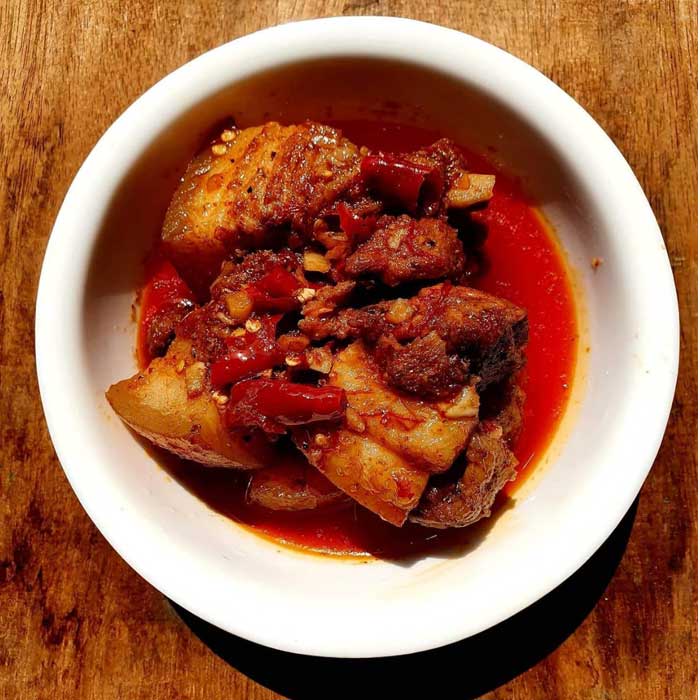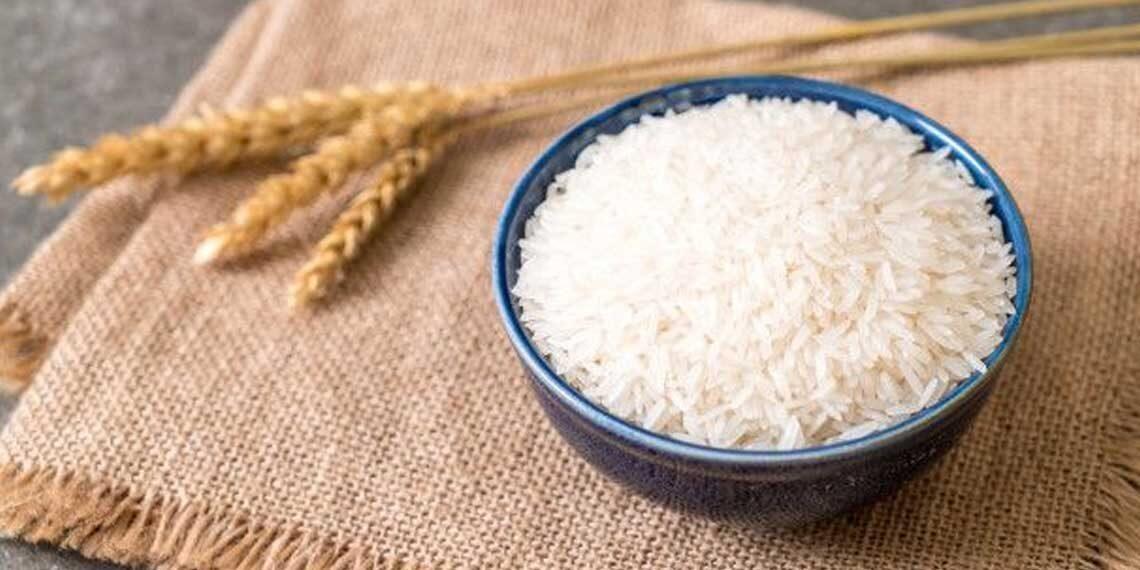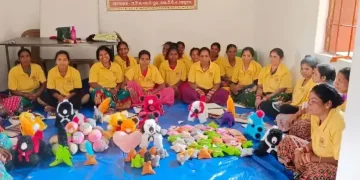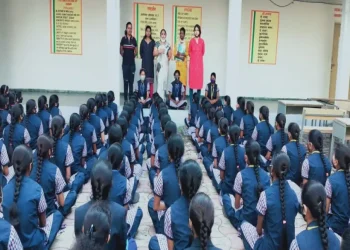In the villages, away from the urban noise, you will still find them pounding rice to make the traditional tribal bread which is made out of sticky rice.
Different tribes have different names for the bread. For instance, the Tangkhul tribe calls it Hau Khamui. Essentially, Hau refers to the time (era) of animism (a tradition practised by the tribe’s forefathers) and Khamui refers to bread.

After being pounded using traditional methods, it is mixed with water, sugar and locally grown herbs. Given round shapes and flattened into thick round forms. This is followed by a few minutes of frying in a pan filled with oil until the pieces turn golden brown.
“One can also choose to boil, steam or roast the bread over red charcoal. Before the boiling or steaming is done. The bread is wrapped with a special type of leaf found mostly in the villages. After it is leaf-wrapped, the bread is either steamed or boiled in water, which appears white when done. But if one wishes to roast the bread they can take the steamed bread, which is cold (and leaf-wrapped) and place it on top of red burning charcoals for five minutes,” says Akhoi Jamung. She is a Naga who resides in Guwahati. It is believed that these tribal breads boost bone density and heart health. So looking the importance of The Indian Tribal Cuisine in Nagaland, The Indian Tribal bring it’s information.
Another lesser-known dish is silkworm fried in mustard oil.
Popular dishes: Pork gravy with bamboo shoot, axone (fermented soyabean) and a range of fermented fish dishes.























